MALACCA: The Feast of the Assumption, also known as the “sugarcane feast” by the Assumption Chapel Portuguese-Eurasian Catholic community of Praya Lane, Kampong Tengah and Bandar Hilir, drew a large crowd including outstation devotees recently.
Some 1,200 devotees packed the quaint little Assumption Chapel with a large number spilling out into the sides and back to witness the hour-long Eucharistic service which culminated with the Statue of Our Lady being carried in procession around the compound.
A unique aspect of the feast, unlike others in the region, was the generous display of stalks of sugarcane around the chapel compound.
This tradition of displaying sugarcane has been kept alive since the chapel came into being in the late 1900s, after taking root during the 154-year Dutch occupation of Malacca in 1641.
According to Praya Lane senior resident eighty-year-old Lionel Theseira, who has been residing adjacent to the chapel since the 1940s, the local Catholics were forced to go “underground” for the feast in case of reprisals from the Dutch authorities, which upheld the Protestant faith with much fervour.

At that time, there was a large sugarcane plantation close to where the Assumption Chapel is now sited and it offered the Catholic populace mostly hailing from the local Portuguese community a haven where they gathered for prayer services and performance of other religious devotions.
“Succeeding generations chose a novel way to commemorate the ‘protection’ of their ancestors in the sugarcane plantation which kept their faith and religion alive,” said Theseira.
In the late 1900s, a Chapel dedicated to Our Lady of Assumption was built within a stone’s throw of the plantation, and since then, Catholics in the area have been celebrating the novel and unique “sugarcane feast”.
On the feast day, the chapel compound is decorated with generous stalks of sugarcane. Annually, after a late evening service and procession, the sugarcane is blessed, cut into small pieces and distributed to all present.
In the good old days, bunches of wild ferns and young coconut leaves were also used to decorate the chapel and its compound while a large illuminated wooden arch heralding the feast day celebrations dominated the entrance.
“Despite the small band of Portuguese-Eurasian Catholics living in the vicinity these days, it is most refreshing to note that this annual sugarcane feast is still going strong and held steadfast, with heritage and traditions kept alive by senior community folks and their immediate family members,” added Theseira, who is partially blind.
![[Unam Sanctam]](https://blogger.googleusercontent.com/img/b/R29vZ2xl/AVvXsEiymQ2adTjpZ1ABhPBbBBquiPCxeQrc4Jy_97vOikT0wGQeJleriiXQy6ebnb0jrYe-TfvcK77txStB4aIwVAdD41ZdMkVfNtFGC0JX6LBV9B8mfeRZaIAM7Sj-011ag3DiKQzv/s1600/headerdivinemercy.jpg)












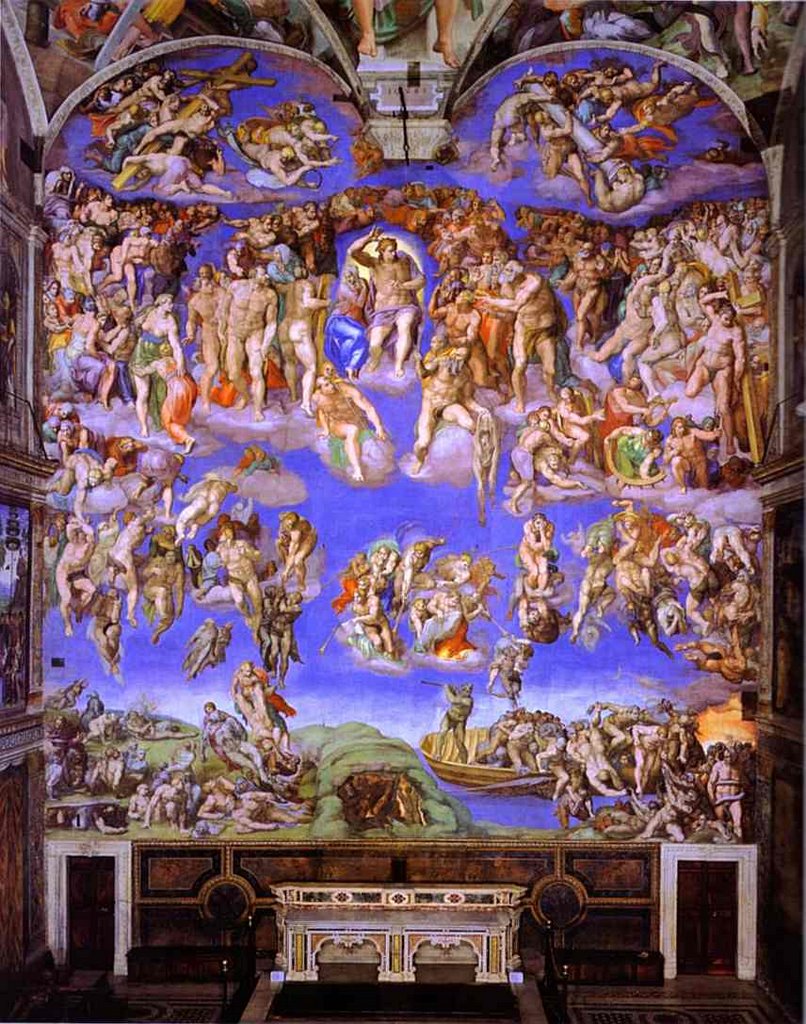


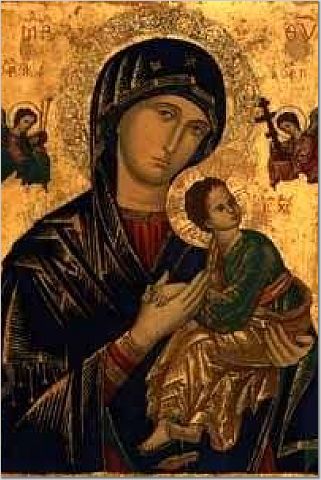



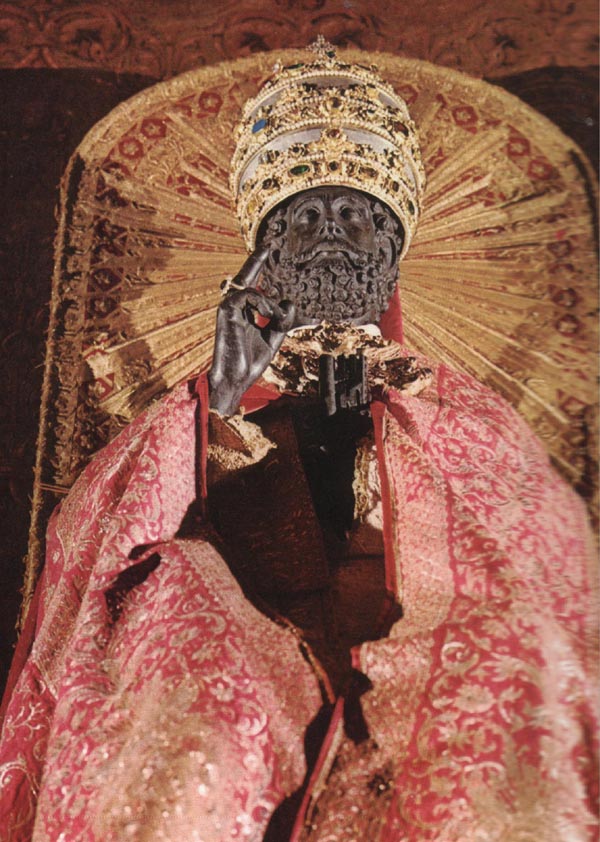
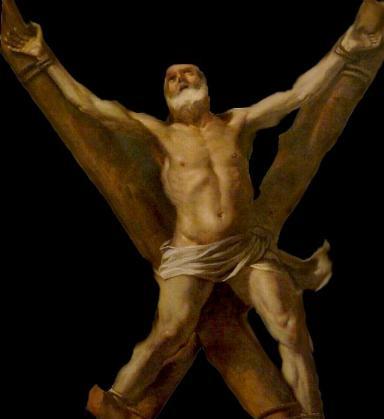




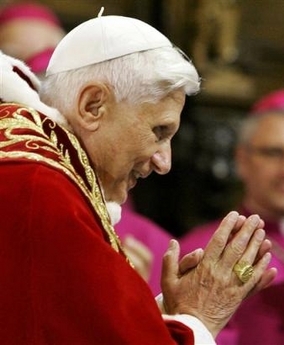






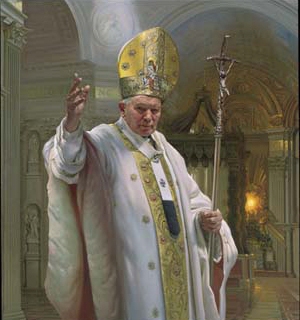









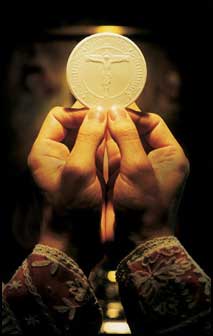
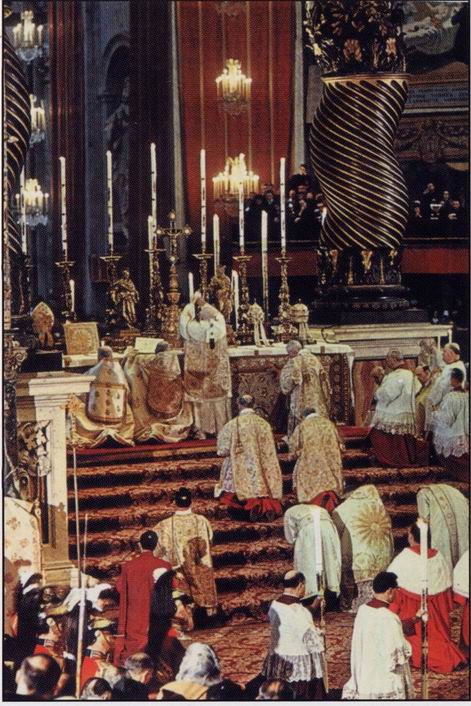

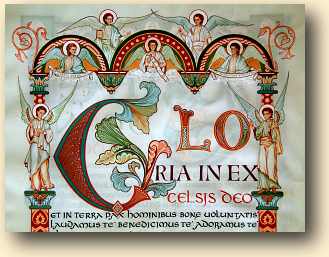









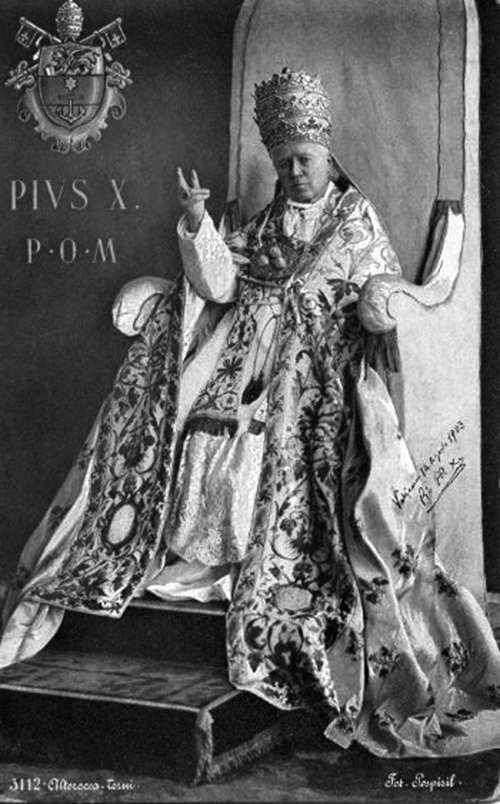



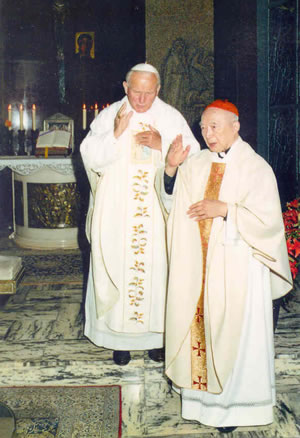





1 comment:
Rather quaint, but it is good that they remember the tradition of their fore-fathers (which is quite rare now). Reminds me of the Penang Hokkien tradition of celebrating the 10th day of the Chinese New Year.
I hope that this tradition, like those of other Asian traditions, will not not be frowned upon by our "good" Catholics.
Post a Comment